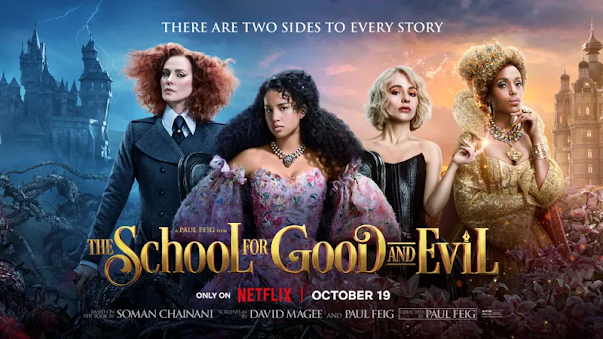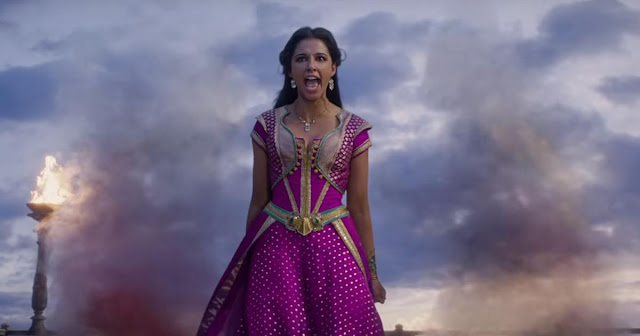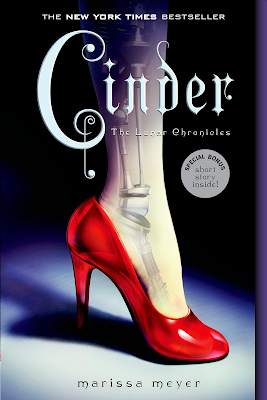Princesses of the Animation Industry
What are the first names that come to mind when you think of the people behind your favorite fairy tale princesses? The Brothers Grimm? Hans Christian Anderson? Walt Disney? Don Bluth? John Musker and Ron Clements? Considering how empowering so many of these stories are to women, it's surprising that the overwhelming majority of people behind them are men. The recent success of Patty Jenkins behind the 2017 Wonder Woman movie and the inspirational writing team of Rachel Bloom and Aline Brosh McKenna behind the CW's princess culture-inspired Crazy Ex-Girlfriend series got me wondering why Disney has so few women behind its own female-driven classics. Even independent princess filmmakers like Don Bluth and Richard Rich got their start at Disney, making it virtually impossible for anyone to find much success in the animation industry without working there or at another major animation studio first. In an industry that's so biased toward men, animation ingenues like myself barely stand a chance.
The Women in Animation (or WIA) society was founded in 1995 to support more women in the male-dominated animation industry. Their goal is to close the male to female gap within the industry, a gap that is disheartening considering how many more female animation fans there are than female animators or directors. Not even two years ago, when asked about the lack of female writers within the studio, Mike Lazzo, a director of Cartoon Network's Adult Swim programming block stated: "When you put women in the writer's room, you get conflict, not comedy." Comments like these are precisely the reason women struggle so much to get anywhere in the industry. Of course, this is not a recent revelation. In the late '30s just after Walt Disney had produced his first animated feature, Snow White and the Seven Dwarfs, the studio sent this now famous letter to any woman who expressed interest in animation, telling them that it was a man's position and that women's abilities lend themselves only to jobs in the Ink and Paint Department, which also happened to be where Walt's wife worked.
Fortunately, there are exceptions to every rule, and those exceptions brought us the princesses of the animation industry. Mary Blair is the most exceptional of them all. Mary and her husband Lee were painters who did watercolor paintings that were put on display during the Depression. She "reluctantly" worked for Disney as a sketch and concept artist in the '40s and '50s, only a few short years after the above letter was written. Her whimsical and brightly colored concept art was considered essential to the look of Disney's Alice in Wonderland in 1951. Though more of a still art painter than an animator, her concepts were used as a starting point to model the characters in Cinderella, Peter Pan, and classic Disney rides such as "It's a Small World." Her designs are still used today on vintage-style dresses that are available at the Pinup Girl store in Burbank.
Just as vital as the artwork in an animated movie is a story. As an aspiring screenwriter, I know this all too well. Just as Disney has one female artist who was able to break through the bonds of the industry's sexism, Linda Woolverton is their token female screenwriter. Penning the perfect script for Disney's animated classic Beauty and the Beast in 1991 as well as two of the better of their live-action remakes, Alice in Wonderland and Maleficent, Linda prides herself on writing empowering female protagonists. She stated in an interview:
As for the final piece of the puzzle, Brenda Chapman has far less of a success story when it comes to female directors than Mary Blair did with art or Linda Woolverton with writing. Brenda was the director of Brave, Pixar's first movie with a female protagonist, in 2012. However, she only held this role for roughly half the movie's production time. She was soon fired for "creative differences" and replaced with a male director. While no one knows the full story behind this besides Brenda herself, the scenario was a low blow for aspiring princesses of Hollywood who wanted to be more than just a pretty face on a screen. Brenda had previously directed Dreamworks' Prince of Egypt in 1998, but she claims that the story behind Brave was much closer to her heart because she based it on her relationship with her own daughter. At least aspiring female directors can still look up to Patty Jenkins' success with Wonder Woman, which is also a princess movie.
Things have slowly begun to turn around in the world of animation since WIA was formed. Lauren Faust has found terrific success behind the 2010 My Little Pony revival, My Little Pony: Friendship Is Magic. Rebecca Sugar also enjoys enormous awards and accolades for her Cartoon Network series Steven Universe. We've come a long way since the days of Mary Blair and Linda Woolverton struggling to prove their worth in the industry. These princesses of animation should be celebrated for their accomplishments and for the inspiration that they bring to aspiring writers and artists everywhere. Thanks to them, I have a slim hope that my dreams of writing for animation may still be within reach.
The Women in Animation (or WIA) society was founded in 1995 to support more women in the male-dominated animation industry. Their goal is to close the male to female gap within the industry, a gap that is disheartening considering how many more female animation fans there are than female animators or directors. Not even two years ago, when asked about the lack of female writers within the studio, Mike Lazzo, a director of Cartoon Network's Adult Swim programming block stated: "When you put women in the writer's room, you get conflict, not comedy." Comments like these are precisely the reason women struggle so much to get anywhere in the industry. Of course, this is not a recent revelation. In the late '30s just after Walt Disney had produced his first animated feature, Snow White and the Seven Dwarfs, the studio sent this now famous letter to any woman who expressed interest in animation, telling them that it was a man's position and that women's abilities lend themselves only to jobs in the Ink and Paint Department, which also happened to be where Walt's wife worked.
Fortunately, there are exceptions to every rule, and those exceptions brought us the princesses of the animation industry. Mary Blair is the most exceptional of them all. Mary and her husband Lee were painters who did watercolor paintings that were put on display during the Depression. She "reluctantly" worked for Disney as a sketch and concept artist in the '40s and '50s, only a few short years after the above letter was written. Her whimsical and brightly colored concept art was considered essential to the look of Disney's Alice in Wonderland in 1951. Though more of a still art painter than an animator, her concepts were used as a starting point to model the characters in Cinderella, Peter Pan, and classic Disney rides such as "It's a Small World." Her designs are still used today on vintage-style dresses that are available at the Pinup Girl store in Burbank.
Just as vital as the artwork in an animated movie is a story. As an aspiring screenwriter, I know this all too well. Just as Disney has one female artist who was able to break through the bonds of the industry's sexism, Linda Woolverton is their token female screenwriter. Penning the perfect script for Disney's animated classic Beauty and the Beast in 1991 as well as two of the better of their live-action remakes, Alice in Wonderland and Maleficent, Linda prides herself on writing empowering female protagonists. She stated in an interview:
"I grew up in that princess culture. I remember feeling very incensed that the men would retire to the library and talk about interesting things and the women and girls were supposed to be over here baking and sewing. We weren't supposed to be thinkers or philosophers."Linda has demonstrated this time and time again by turning Belle into a bookworm who was ahead of her time, Alice into a teen adventurer who literally became her own knight in shining armor, and Maleficent into a misunderstood faery princess worthy of redemption for her past mistakes. She did this all after getting hired by Disney during a time when screenwriters were considered unnecessary to animation, and by her own admission, was "not wanted" due to both her profession and her sex. Linda Woolverton is a true Disney Princess in my eyes.
As for the final piece of the puzzle, Brenda Chapman has far less of a success story when it comes to female directors than Mary Blair did with art or Linda Woolverton with writing. Brenda was the director of Brave, Pixar's first movie with a female protagonist, in 2012. However, she only held this role for roughly half the movie's production time. She was soon fired for "creative differences" and replaced with a male director. While no one knows the full story behind this besides Brenda herself, the scenario was a low blow for aspiring princesses of Hollywood who wanted to be more than just a pretty face on a screen. Brenda had previously directed Dreamworks' Prince of Egypt in 1998, but she claims that the story behind Brave was much closer to her heart because she based it on her relationship with her own daughter. At least aspiring female directors can still look up to Patty Jenkins' success with Wonder Woman, which is also a princess movie.
Things have slowly begun to turn around in the world of animation since WIA was formed. Lauren Faust has found terrific success behind the 2010 My Little Pony revival, My Little Pony: Friendship Is Magic. Rebecca Sugar also enjoys enormous awards and accolades for her Cartoon Network series Steven Universe. We've come a long way since the days of Mary Blair and Linda Woolverton struggling to prove their worth in the industry. These princesses of animation should be celebrated for their accomplishments and for the inspiration that they bring to aspiring writers and artists everywhere. Thanks to them, I have a slim hope that my dreams of writing for animation may still be within reach.


















Comments